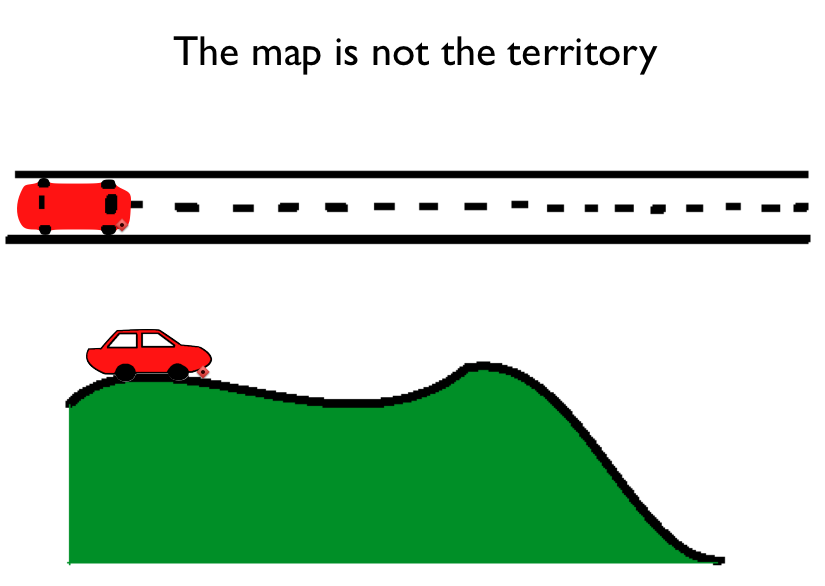I came across this profound TED Talk this morning. Highly recommended.
It would be easy to dismiss the talk as "Interesting, but of little value to us.. our system is already doing so much better than theirs".
Improvement Process
On the other hand I think it has profound lessons for us, especially how they implemented their improvements
- Be clear about what was really happening here and now*
- Establish a specific shared goal
- Identify the current issues (constraints) in relation to the goal
- Create your own solutions (address the constraints)
- Change the system from a hierarchy to a network
Everyone's job
Incidentally the strategy fits nicely with the "job description" that applied to everyone at Riverside: staff, students, parents, visitors...
- Know what is happening
- Work with others to improve what is happening
- Make it easier for the next person to do well
And finally, the Talk, and the above notes are consistent with the application of Complexity Theory. Perhaps without knowing it Seema and her team actually treated their education system as a complex adaptive system rather than as a simple linear (top-down) system.
[* Not trying to work back from some remote idealised future "reality"]
[* Not trying to work back from some remote idealised future "reality"]

